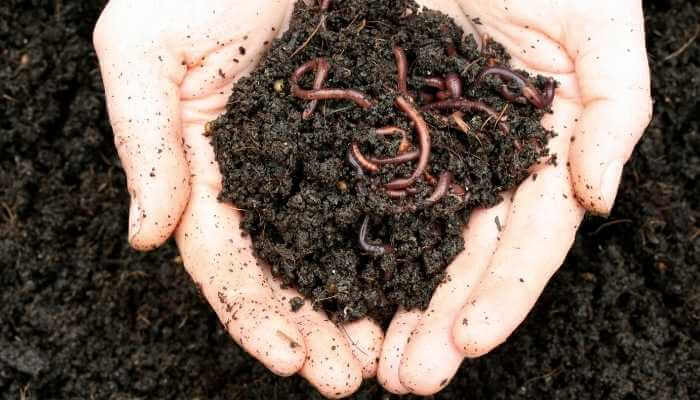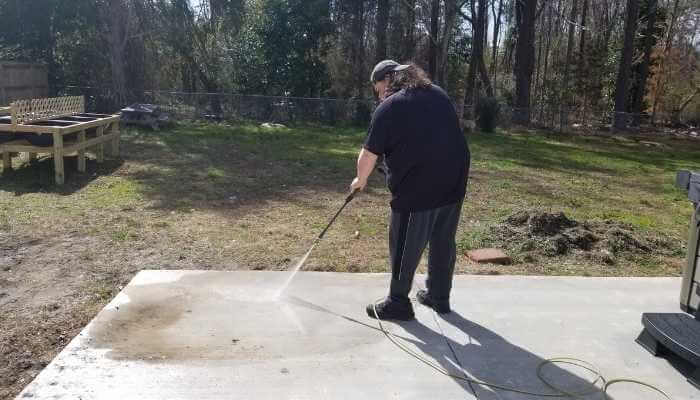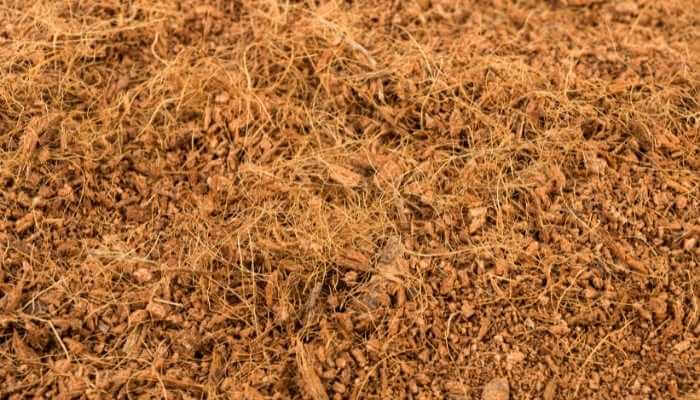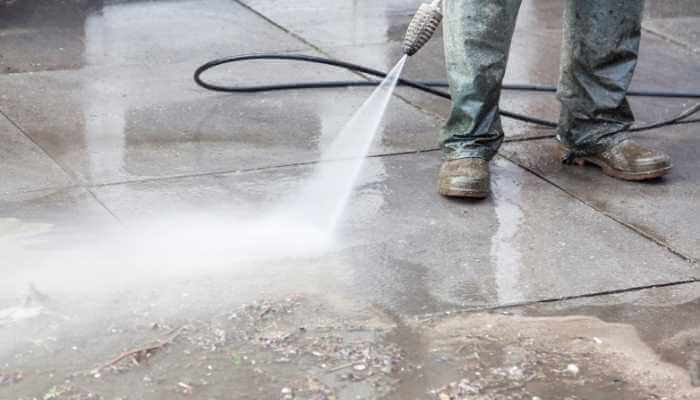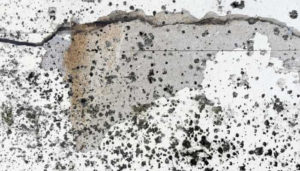
Worm composting gives you a place to toss all those food scraps that you have leftover. The worms eat it, and it passes through the earthworm’s body to become compost. Worm compost is called vermicompost and is an often-used amendment to garden soil. So how can coconut coir possibly help?
Coconut coir is a preferred bedding material for worm composting because it retains moisture well, is fluffy and non-compact so air flows well and worms move well through it, has a near-neutral pH, and is non-abrasive to your worms.
If you want to know more about using coco coir in your vermicomposting process, keep reading.
Coconut Coir Can Be Used as a Bedding Material for Worms
It’s not too dry and not too damp, and the worms can burrow through it. The fact that it can retain moisture without becoming compacted helps with this. Also, coco coir is completely natural and if you’ve flushed and washed it correctly, there are no chemicals being added to the worms when you add it to their bed. This means, using coco coir as bedding has fewer risks than using almost anything else.
You Can Mix Coconut Coir with Other Materials for Worm Composting
Normally shredded newspaper and cardboard or even old leaves are used to encourage the worms to enjoy their bed and not move away. I just think about how many times I went exploring in the woods or a family member’s back yard and found old newspapers and cardboard out there. When you lift it up, you never know what kind of insects and animals you’ll find.
Well, worms like this kind of home, too. And if you mix it with coconut coir, the materials become all the more suitable for our earthly helpers. This is because the worms use anything with cellulose because they will eat on it and break it down, too.
What makes coco coir so useful is that it has a nearly neutral pH and worms like that. They also like the consistency of the coir – it’s actually light and fluffy, so they can move through it and there is plenty of airflow. It’s non-abrasive and it holds moisture both of which are conducive to great additions to a worm composting bed.
How Should You Mix the Coconut Coir with Other Materials for Your Worm Composting?
If you decide to use coconut coir for your worm bed, you’ll of course need to put it through the process of soaking and rinsing it as you see done in the video I included in the article How to Clean and Reuse Coco Coir. Once you have the coco coir rinsed and you’ve squeezed it out, you can put it in your bin with a mixture of shredded paper or cardboard. Add some soil to aid in the worms’ digestion.
Your mixture should be:
½ coconut coir
¼ shredded additives
¼ soil
You should then place the worms on top of the coconut coir mix and let the burrow down into it. It may take a week or so for them to get used to everything and come out of packaging shock. I understand that shredded paper is easy to come by in this day and age, but honestly, if you can just use mostly coco coir and leaves, the worms will be healthier. Some people ONLY use coco coir.
My suggestion for the coconut coir is the Mother Earth Coco Plus Perlite Mix.

Boost’s Tips
What a worm composting bin / vermicomposting bin should be – When you compost with worms, the idea is to keep them where you want them and to keep critters out. So, the best thing to use is probably a circular bin with a lid (trash cans or Rubbermaid containers?) that you can add small holes into on the bottom and sides. It can then be placed off the ground by sitting it on blocks or bricks – so stuff can come out of the bottom.
I’ve seen some growers use a trench or a pile of compost to keep worms. My mother always dug out a trench and just added dead leaves and wasted vegetables to it. We didn’t have access to coconut coir back in those days, so we used whatever soil and leaves were available and mixed in a small amount of cow manure.
Is There Any Maintenance That Goes Along with a Worm Composter Using Coco Coir?
At this point, it’s all about keeping the worms comfy and eating. Just make sure the bin is in a cool, dry place. You’ll need to keep the coco coir damp (not wet) and do away with your vegetable waste in the top of the bin. Good waste includes eggshells, vegetables, any non-citrus fruit matter, coffee and tea grounds, and filters.
You just always add a bit more of the coco coir mixture to the top over the food and then keep a check on it maybe twice a week to see if it needs moisture, more food, or more bedding. Over the year, your worms will be converting the soil, bedding, and food into worm castings. They live in this, too, but it’s always a good idea to keep adding more bedding when they need it. This is an indefinite cycle.
And there you have it! Coco coir is not only a great material to use for bedding in your worm composting / vermicomposting bin, it’s actually the best material to use overall. So if you’re thinking about devoting some of your time to worm composting, consider using coco coir over everything else.
